Art Gallery

Sunflowers
Oil paint & Acrylic on canvas

Elemental Flow, 2025
Mima Adams & Lucy Bevitt
Oil & acrylic on canvas
40 x 32 cm

Edale glows on your Birthday
Oil, watercolour & acrylic paint on canvas
52 x 38 cm

Lucy in the Studio, 2025
Oil & acrylic paint on MDF
12 x 12 cm
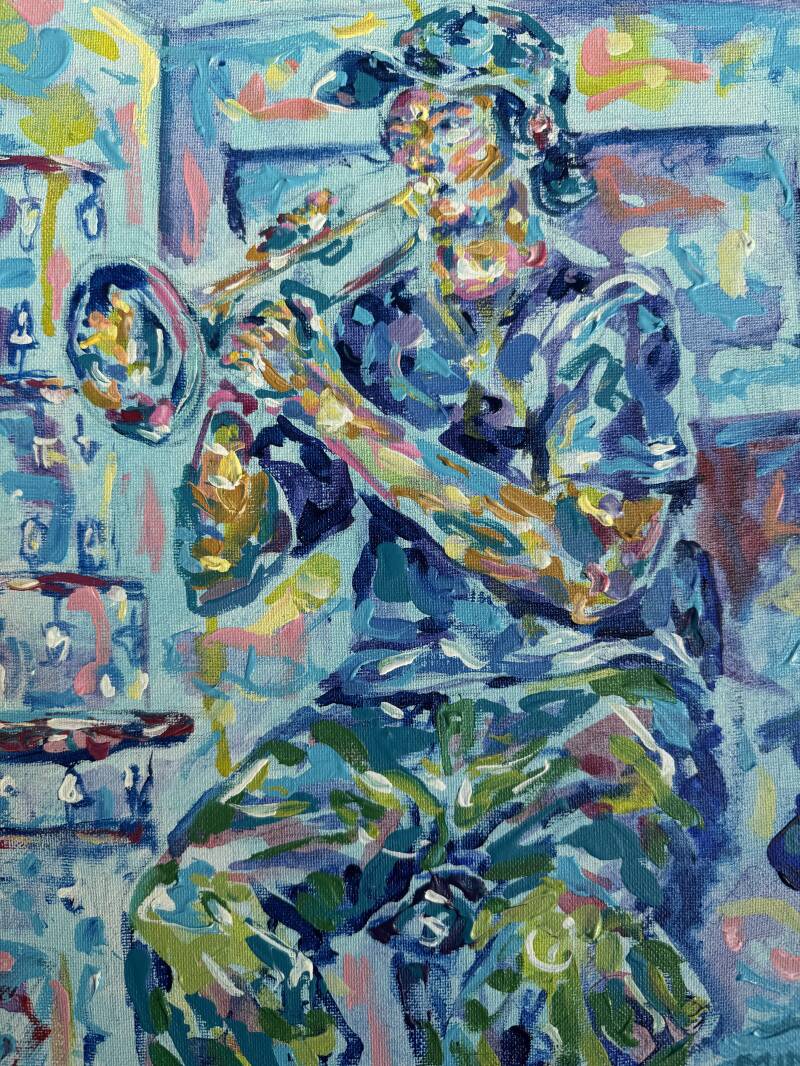
Nate, 2025
Acrylic paint on canvas
42 x 30 cm
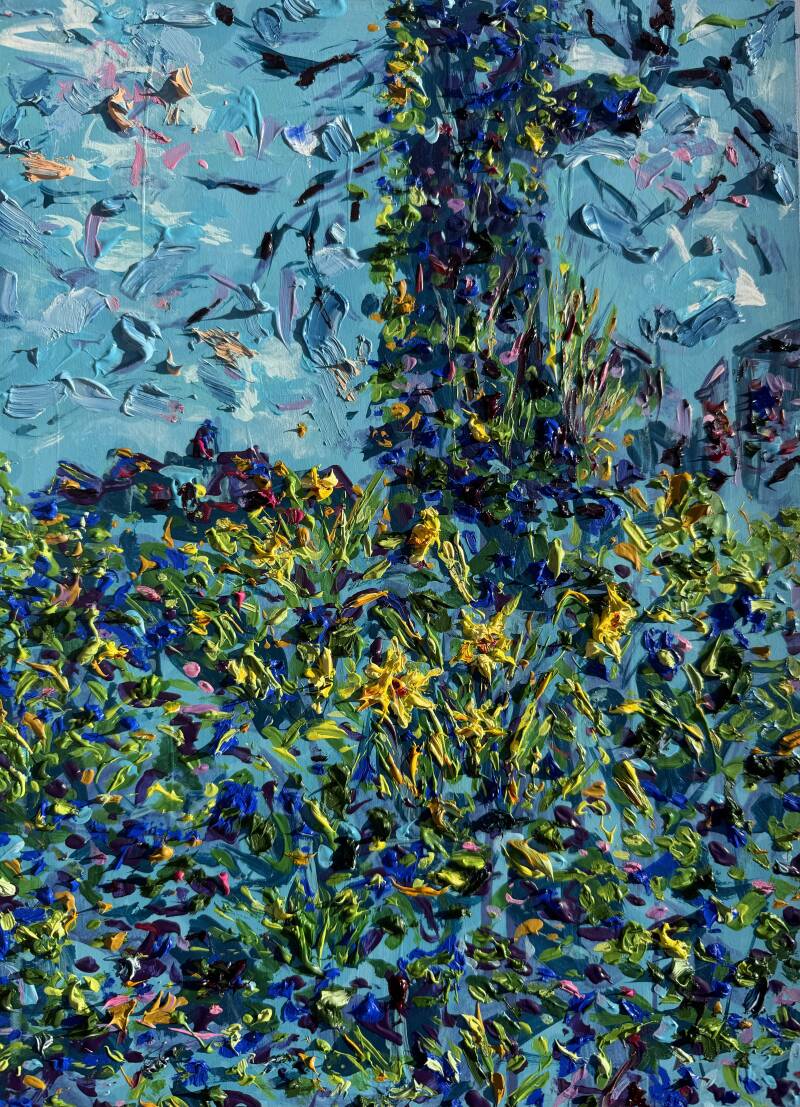
Hidden in Fog Lane 2024
Oil & acrylic paint on MDF
42 x 30 cm
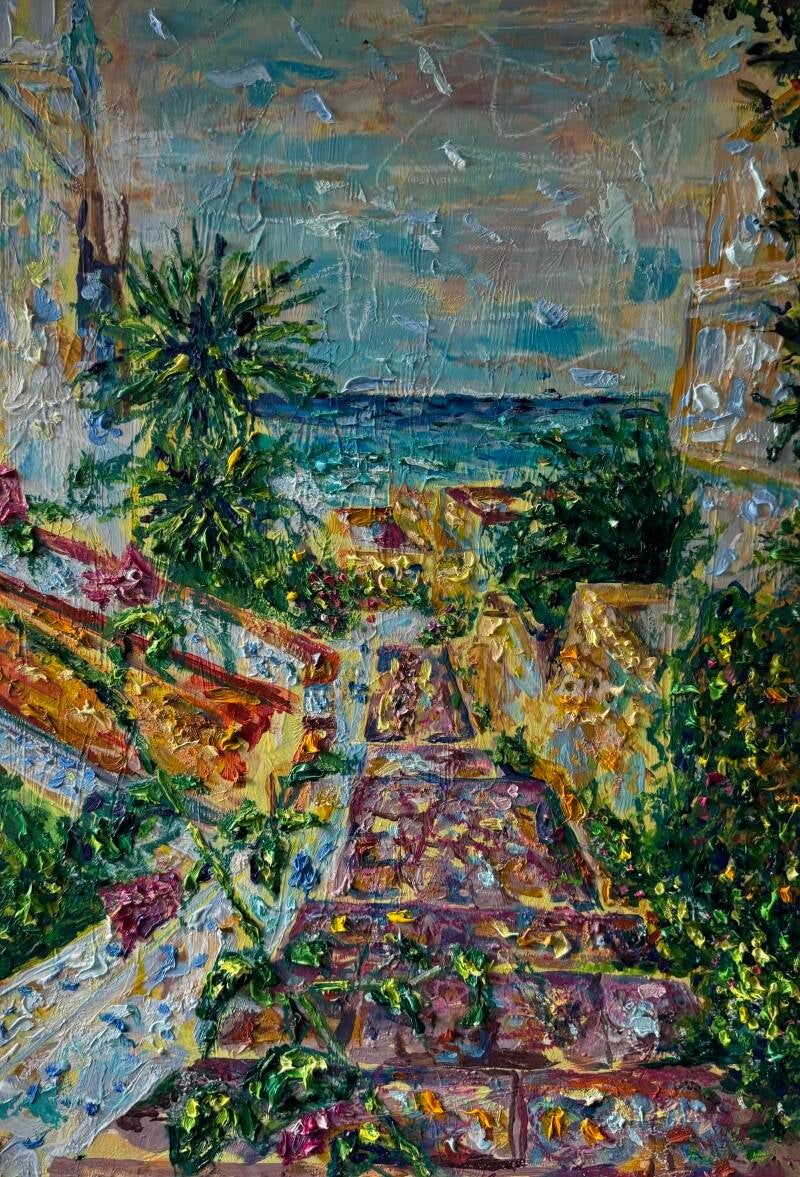
South of Valencia 2024
Oil & acrylic on board
60 x 84 cm

The other side of dream valley, 2024
Oil paint on wood
30 x 3 x 2.5 cm
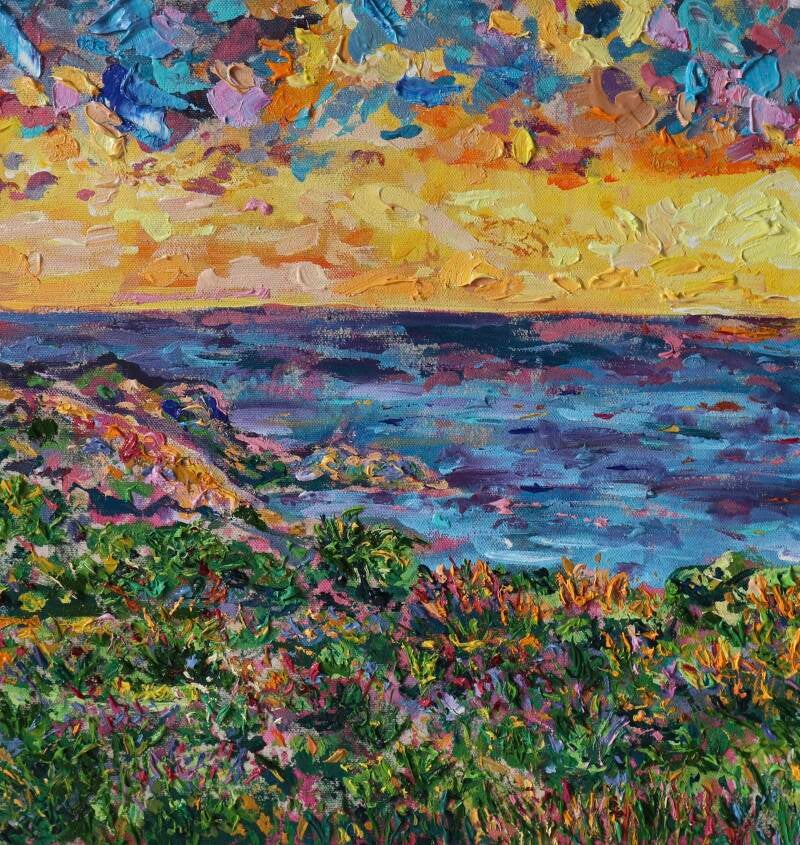
Another
Acrylic & oil paint on re-used canvas
40 x 40 cm

An unexpected twist
Acrylic paint & oil pastel on canvas
39 x 29 cm

Annika
Oil & acrylic paint on canvas
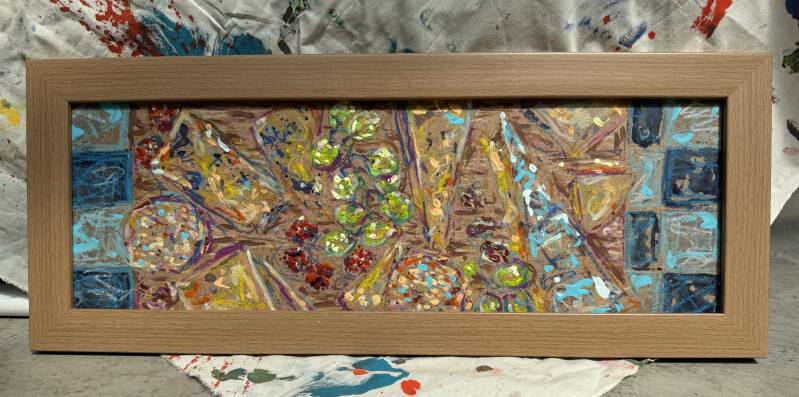
A cheeseboard that got no compliments
Watercolour & oil pastel on MDF board
51 x 22 cm
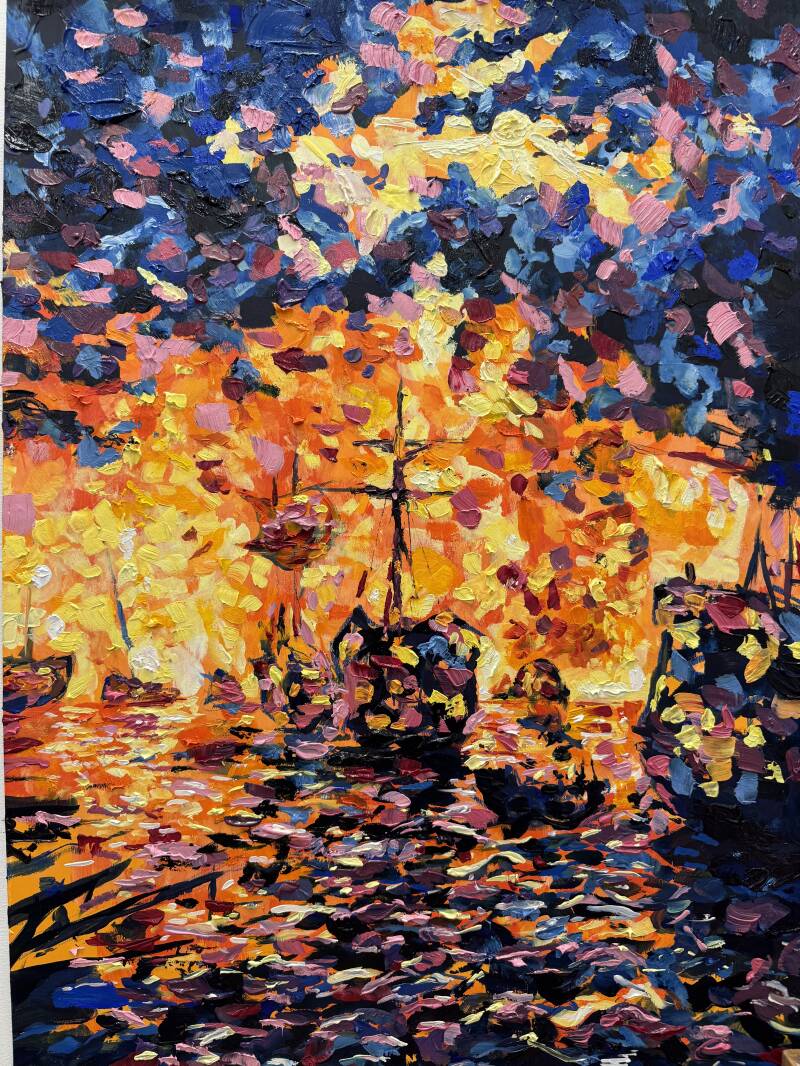
A Sea on Fire
Oil and acrylic paint on card
60 x 84 cm
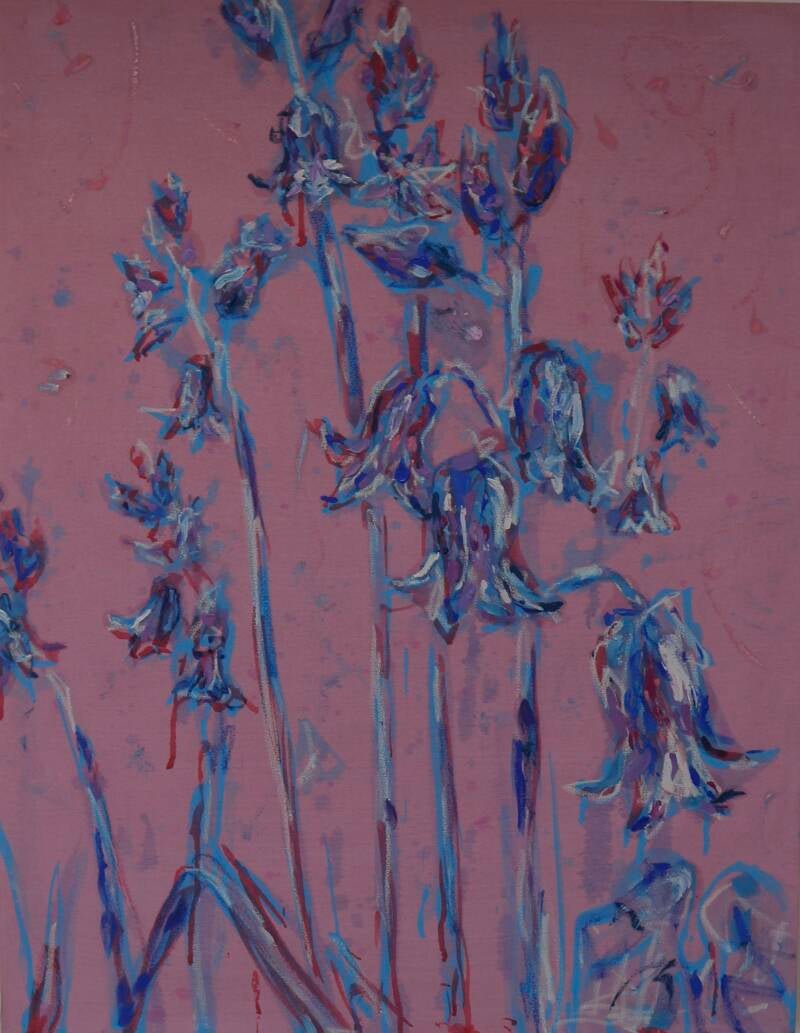
The bluebells I walk past
Acrylic, oil paint & pastel on canvas
0.8 x 1 m

Didsbury Flowers
Acrylic & oil on canvas
42 x 30 cm

Abi in the garden
Acrylic paint, oil pastel & charcoal on card
29 x 41 cm

Me & Abi's bath
Acrylic paint, oil pastel & black pencil on card
20 x 29 cm

my name is Annika
Oil paint & acrylic on canvas
1.50 x 1.20 m

Acrylic paint & oil pastel on card
42 x 30 cm

Acrylic & oil paint on calico
42 x 80cm.

Jem
Oil paint, pastel & acrylic on canvas
0.8 x 1 m

Oil paint on calico
10 x 14 cm

Tea in the Clouds
Oil paint & acrylic on canvas
30 x 40 cm
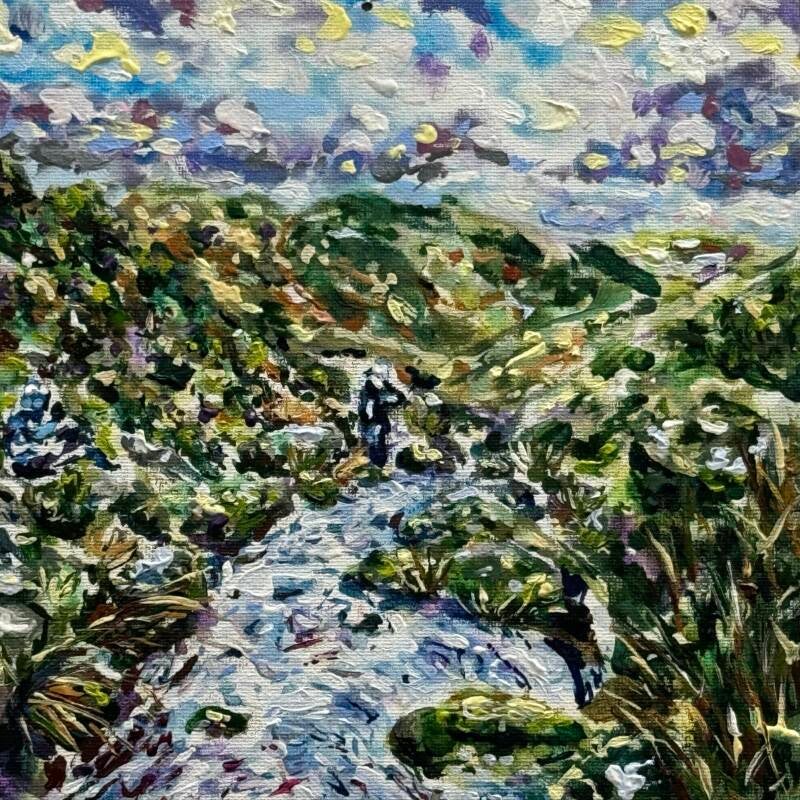
Lost in the stream
Watercolour & oil paint on MDF board
20 x 20 cm

A windy walk
Pencil and water colour on board
13 x 13 cm

Thoughtful
Acrylic on canvas
38 x 70 cm

Italian Sunrise
Acrylic paint & oil pastel on canvas
40 x 65 cm

Untitled
Acrylic paint & oil pastel
60 x 84 cm
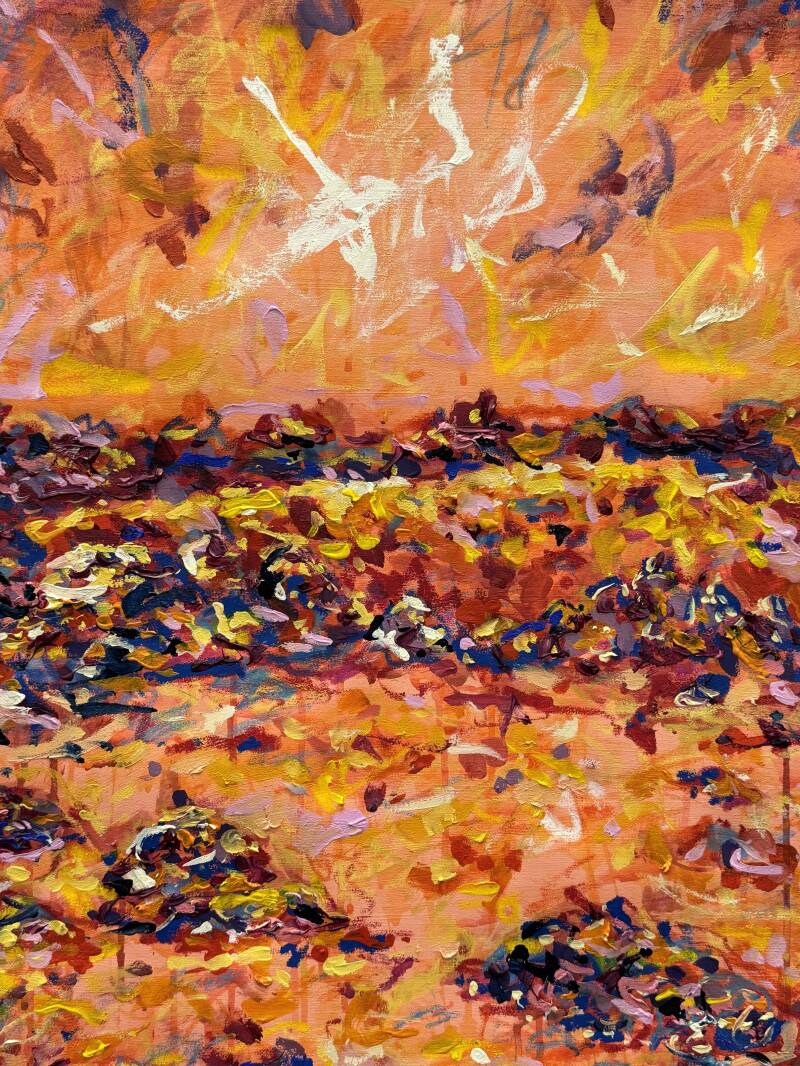
Desert sky
Acrylic, oil paint & pastel on canvas
60 x 84 cm
All of these finished paintings have been created in 2023 & 2024. This is my virtual art gallery.
As I'm a fairly new artist, any feedback or interest in them is greatly appreciated :) and can be done so mimaadams.art@gmail.com